Headphones come in all classes, but few are as luxurious and exclusive as the ones we have here at hand. T+A Solitaire P uses handmade elements of a special kind, and the price is a staggering NOK 57,000!
Those who know T+A know that the German hi-fi manufacturer does not make cheap equipment. We’re talking real high-end here, preferably from the top shelf, but that’s not what headphones are known for. Rather, it is their exquisite Class D amplifiers and not least digital sources that have seriously put T+A on the high-end map. Solitaire P is actually their first headphone model, launched in 2020. Little brother Solitaire P-SEwhich we have previously tested, came somewhat behind.
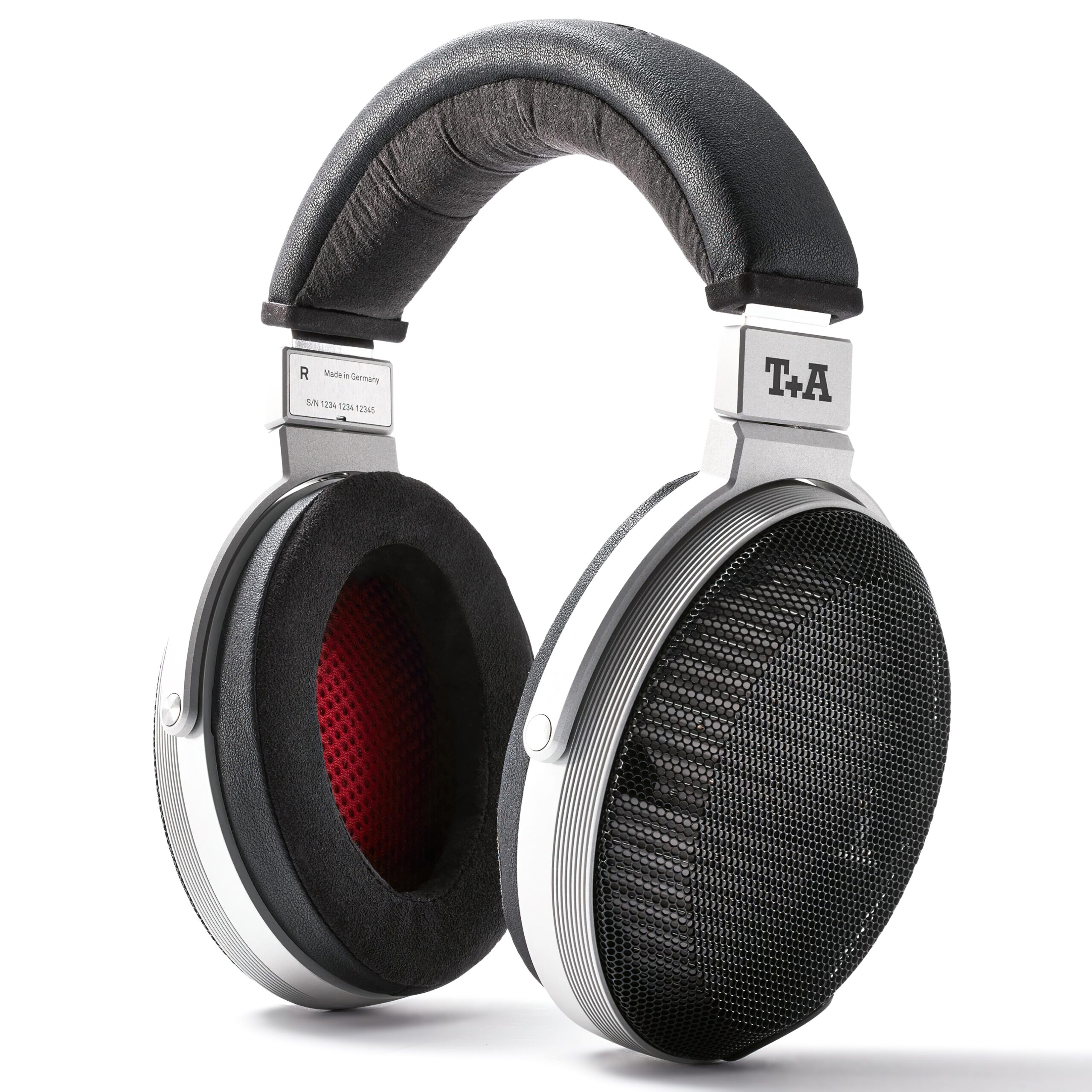
T+A Solitaire P is a pair of open headphones, which both leak noise in and music out. The uninitiated may therefore wonder why on earth anyone would want to make or own headphones with an open principle. I’ll tell you that. By giving the diaphragms free travel in both directions, the dynamics and musicality have the potential to be miles much better. Together with a good amplifier, of course.
Aluminium
Solitaire P uses parts milled out of hefty blocks of solid aluminium. The production costs are high, but then they also give a very exclusive feel, in addition to being very low in resonance. It does, however, add some weight compared to the synthetic materials in its little brother Solitaire P-SE, because here we are talking about a mass of over half a kilo. 530 grams, to be exact. Without cable.
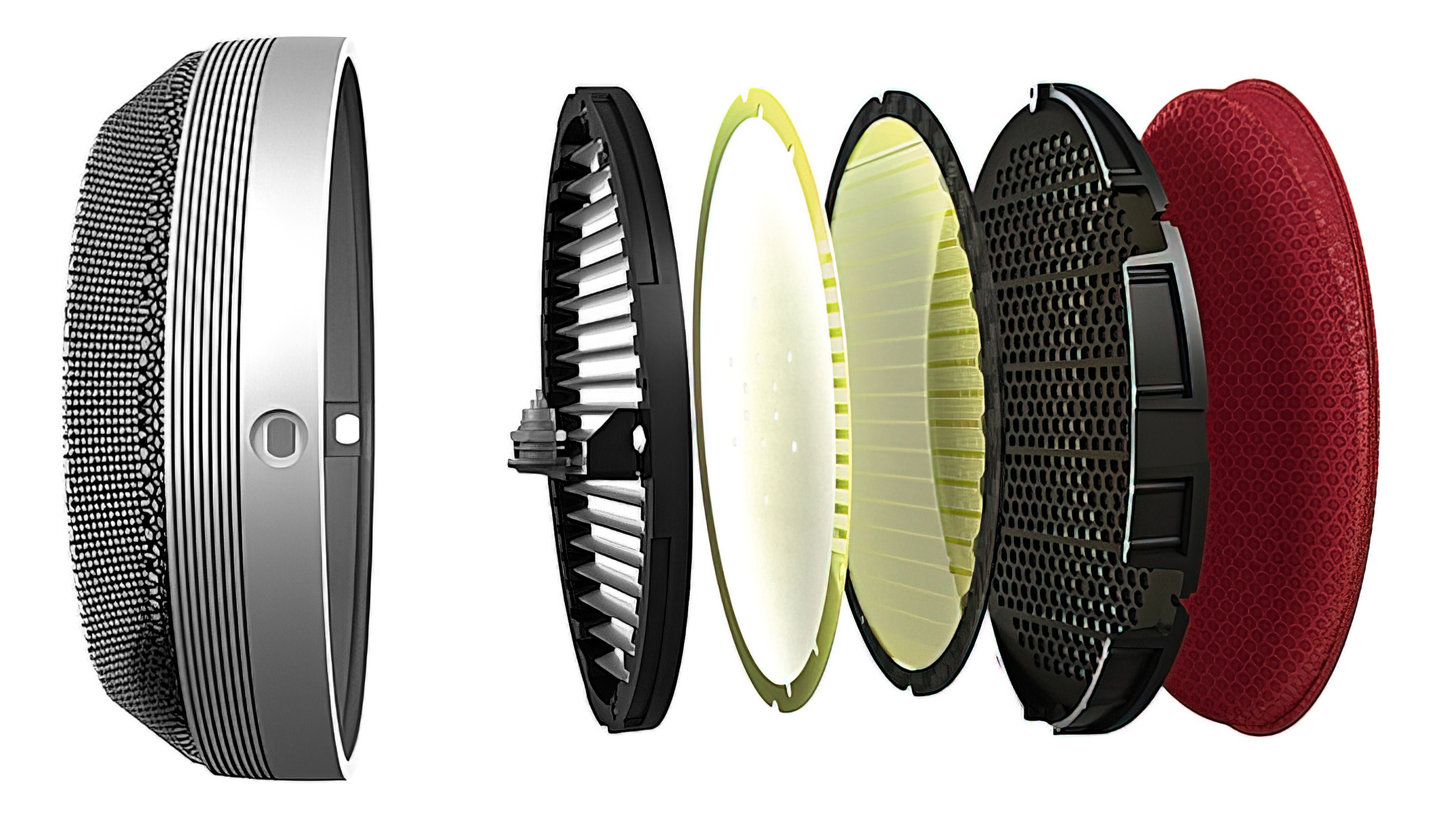

Top shelf drivers
The speaker elements, or drivers, are called TPM 3100. Like the rest of the construction, they are developed and manufactured in Herford, Germany, with expensive and carefully designed neodymium magnets. The magnets are perfectly shaped to the elements, to provide a perfectly even magnetic field that does not create air turbulence. The air flow is kept constant at all times, and the fact that the elements are placed precisely in the linear part of the magnetic field should ensure maximum sound pressure before distortion, with enormous dynamics as a result. It also means that opposing magnets are unnecessary, we are to believe T+A. Something that gives optimal effect in relation to own weight.
The membrane itself is a special ultra-thin and light film, coated with a row of electrically conductive material, with an impedance of around 80 ohms. This is high for being planar magnets, in comparison, for example, the fantastic ones have Audeze LCD-5 an impedance of only 14 ohms. Many amplifiers will actually prefer 80 ohms over 14, especially those with low output impedance (low damping factor). The sensitivity is 101 dB, which is completely average. With a powerful enough amplifier, they can be pushed to 130 dB before they take damage, which is almost insane!
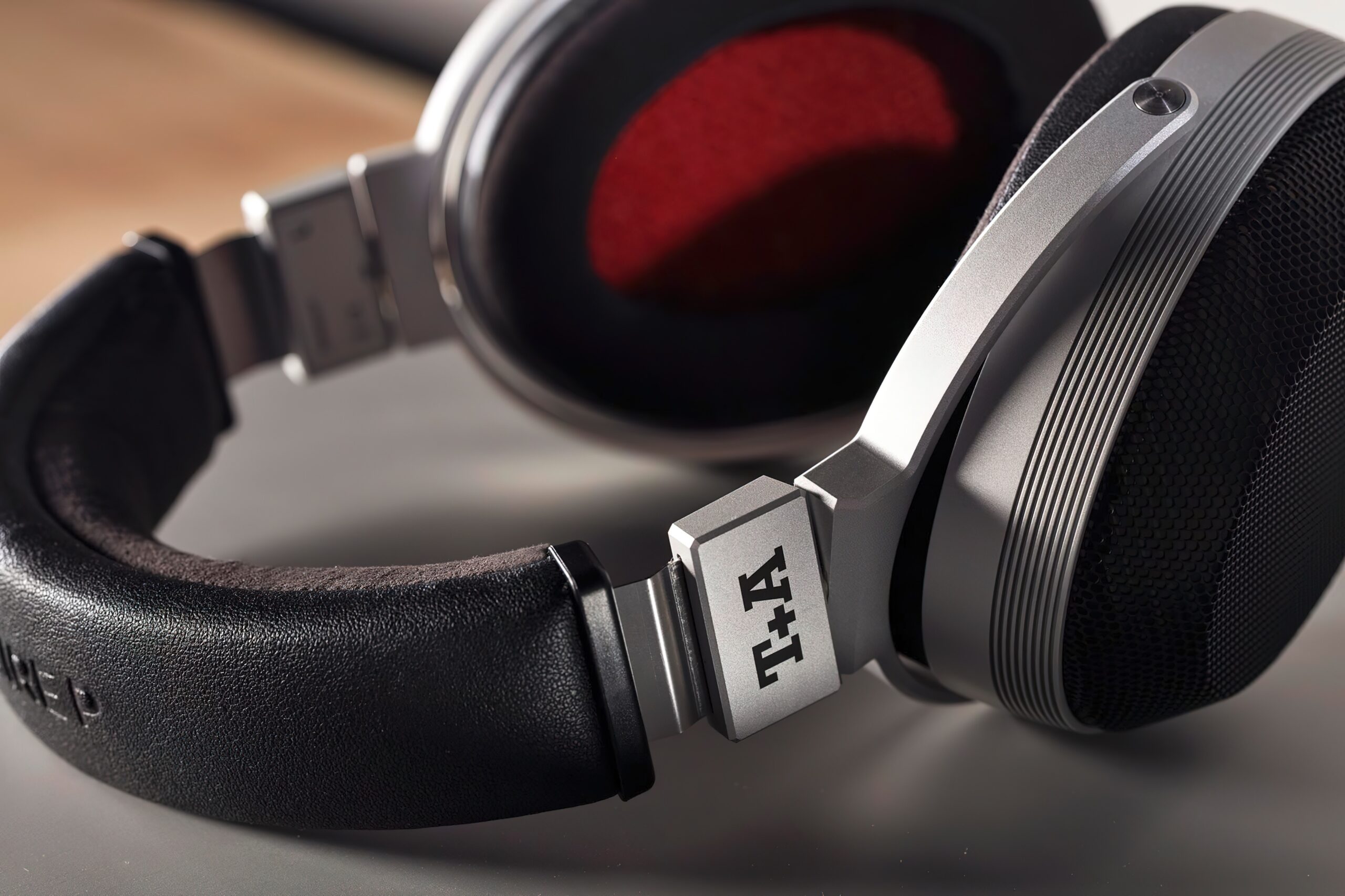

Fantastic quality impression
Each headphone is handmade in Herford, Germany, and I must say the aluminum details give a good visual harmony with the black details, as well as a wonderful impression of quality. The red lining on the inside of the bells adds the finishing touch for a raw look.
530 grams is a lot to carry on your head, and Solitaire P also weighs more than its little brother Solitaire P-SE with its 440 grams. But they do not squeeze at all, and for daily use they sit very comfortably on the head. Thanks to soft velor cushions and a deliciously lined headband.
On the other hand, they wobble a bit if you move too much, so if you listen to a lot of headbanger rock, the lighter Audeze LCD-5 are far better suited. They squeeze a little more, but then also sit firmly on even the most wide-legged rocker.
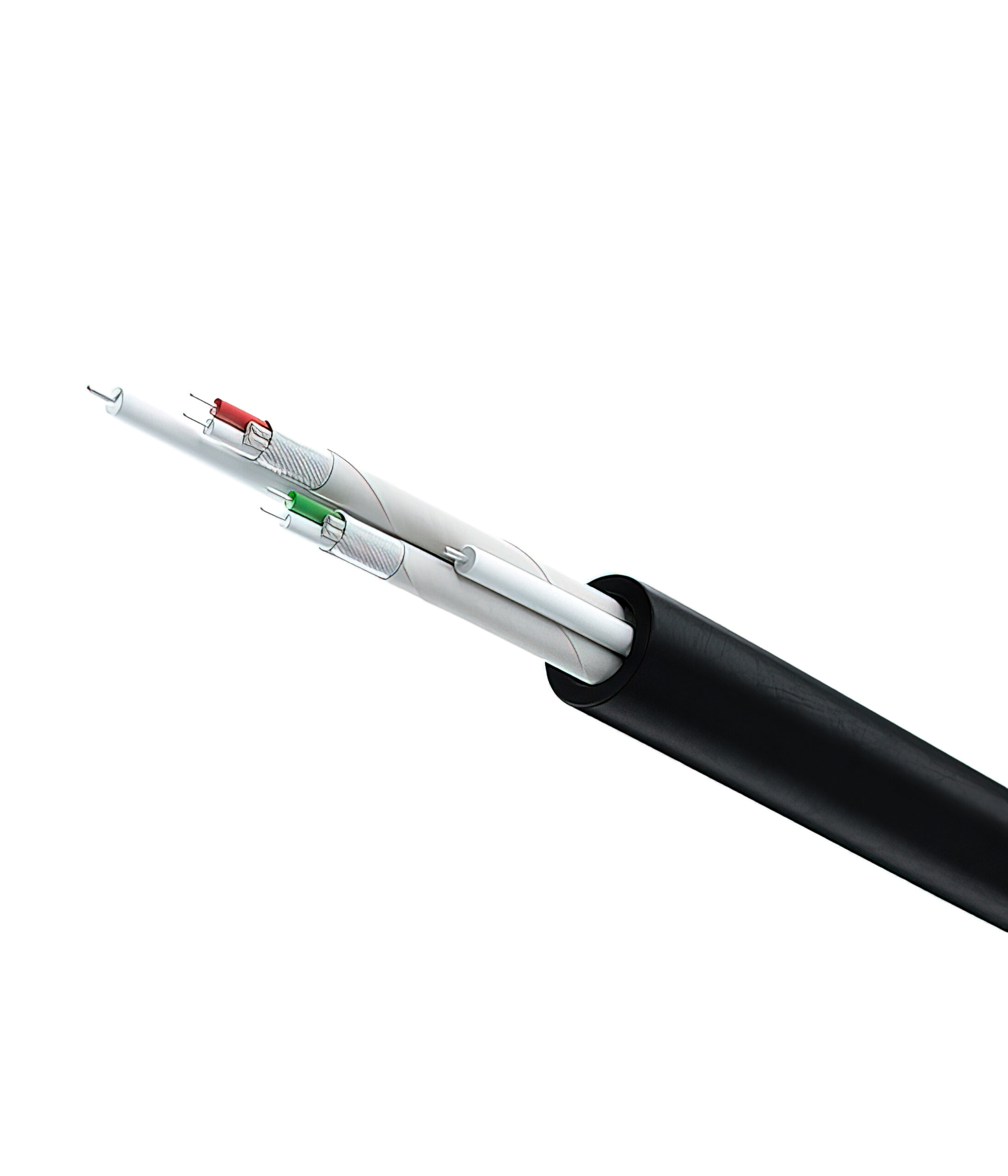

Balanced and unbalanced cable
It comes with both an unbalanced 6.3 mm jack cable, and a balanced one with 4-pin XLR, both are 3 meters long. In some markets the balanced cable is of type 4.4mm Pentaconn, so check this beforehand.
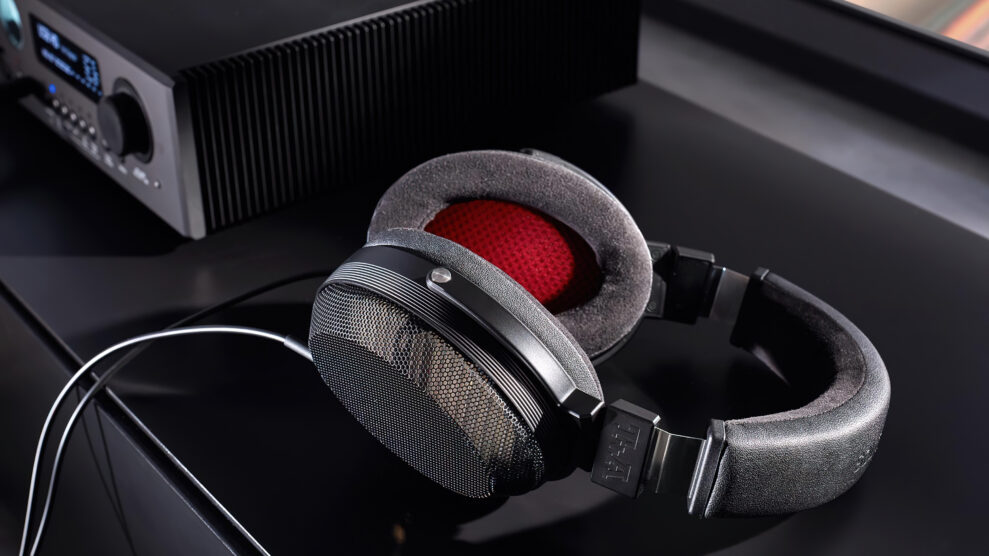

–
–
Better than any hi-fi system
Anyone who can afford and is willing to pay expensive prices for a pair of headphones will be paid back in the form of a sound reproduction you can only dream of from a pair of speakers in a room. A room that distorts, obscures and spills the sound from the speakers. Loudspeakers, which in themselves have cabinets that distort, with standing sound waves and diffractions where sound waves collide into each other on their journey along the front and side plates, creating amplifications and cancellations of each other. You get a totally egocentric music experience, which is not to the same extent created to be shared. But, I promise you, the compromise is worth it.
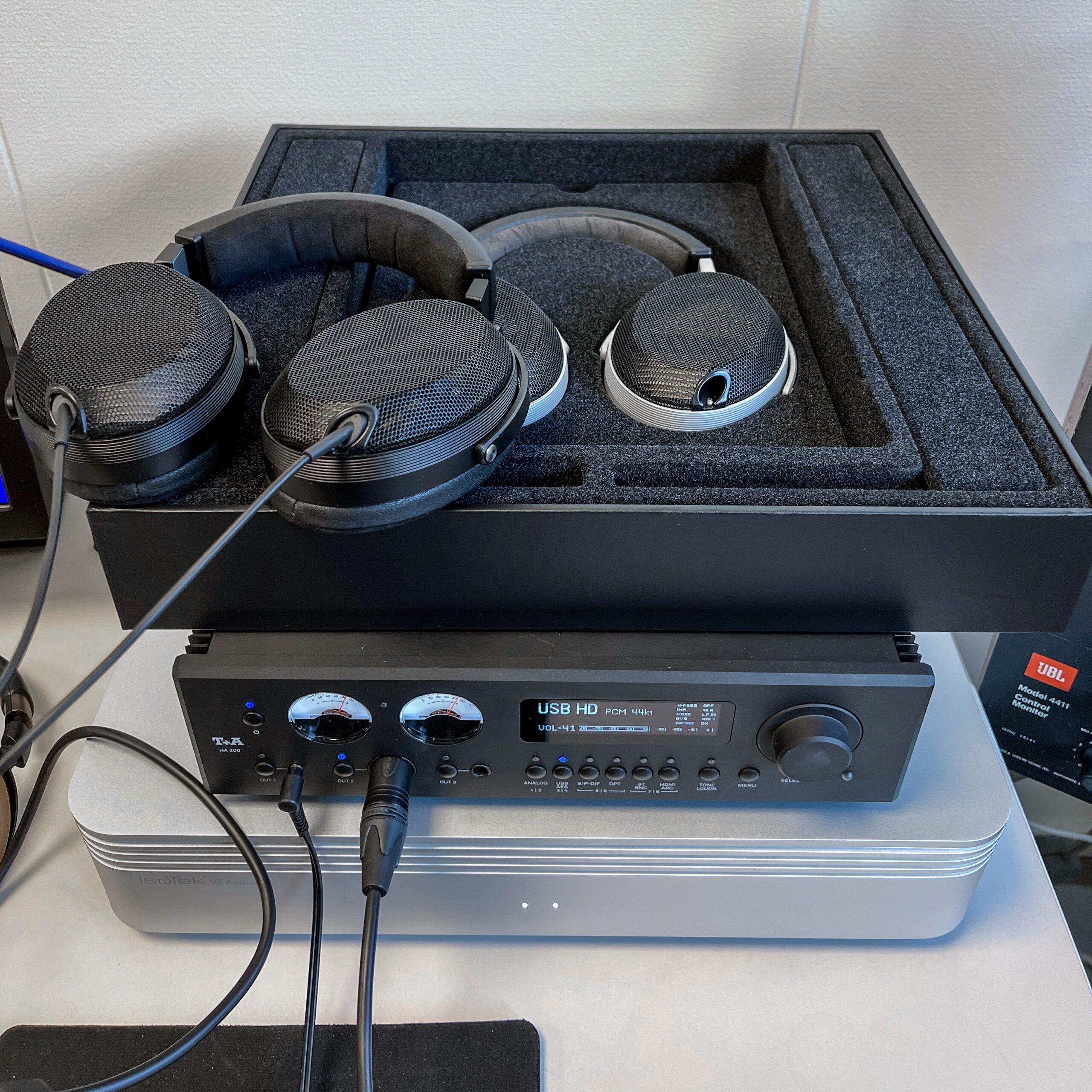

Crosstalk with unbalanced cable
I only tested for a short period with unbalanced cable. Together with Sennheiser HDV 820 the sound is almost glowingly warm, with a calmness that is difficult to describe. The bass is juicy, and the midrange even warmer than with the Solitaire P-SE (it also leans towards the warm). It is simply lovely to listen to, even if you may not quite get the impression of the quick transient response planar magnets are known for, compared to heavier dynamic speaker elements.
With the balanced cable, the sound image opens up more in width, and even better space is cleared for the details in the sound image. Voices stand out better, as does each individual instrument. The reason is that balanced cable has separate ground for the left and right channels, where they share ground with unbalanced cable. Some of the sound will spill over through the ground cable, so you get a slight crosstalk between the channels – which in turn results in poorer separation and a narrower stereo width. It is clearly noticeable with the Solitaire P.
T+A HA 200 is an exquisite match with Solitaire P. Photo: T+A
–
–
T+A HAS 200
Since T+A is best known for its amplifiers, it would be a shame that they didn’t have their own headphone amplifier. The HA 200 is perhaps the best I’ve heard, with a fantastic built-in DAC, and costs nothing less than NOK 76,000. And where it sounds fantastic together with the Solitaire P-SE, it sounds heavenly together with the top model Solitaire P.
Among six possible filter settings, Bezier 2 sounds the best to my ears, it is not quite as fixed in rhythm as the super steep FIR filters, but the music flows elegantly and deliciously at the same time. But since the Solitaire P is already quite “fluid” in sound, you may want to tighten up the sound a bit with an FIR filter.
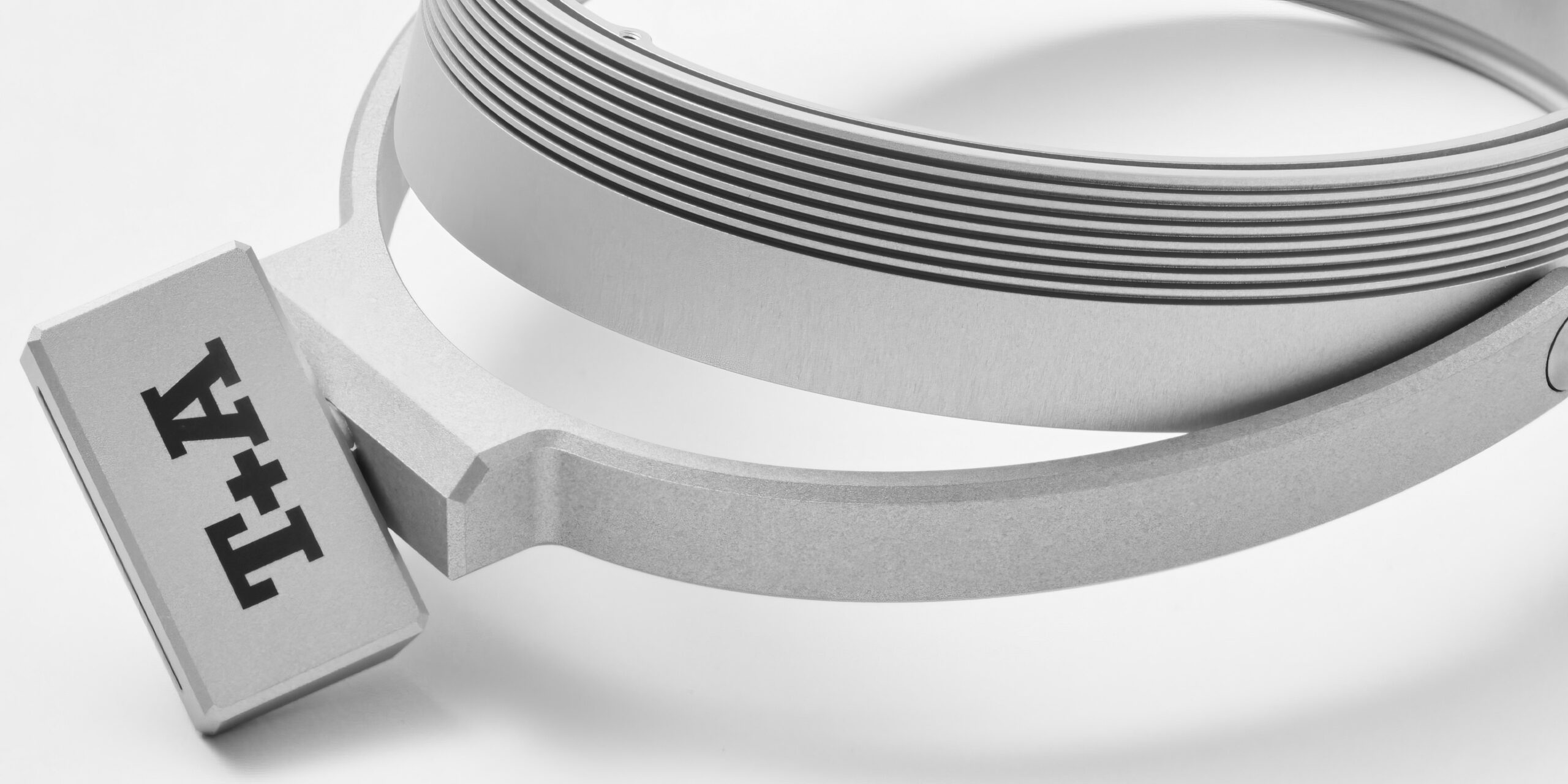

Nice stereo width
Compared to the SE model, the Solitaire P has an even creamier soundstage, with more warmth. The soundscape is bigger, and I immerse myself even more in the music.
Aurora’s voice is bright, but with inferior equipment can become a bit nasal where it sometimes pushes hard in the upper midrange. Not here. On the quiet one A Potion For Love it is instead present, physical and almost angelic.
And you must not confuse warmth with masking, because here the entire soundscape is intact. The whole “starry sky” is there, it’s just slightly more towards red than with more neutral headphones. Like the Audeze LCD-5.
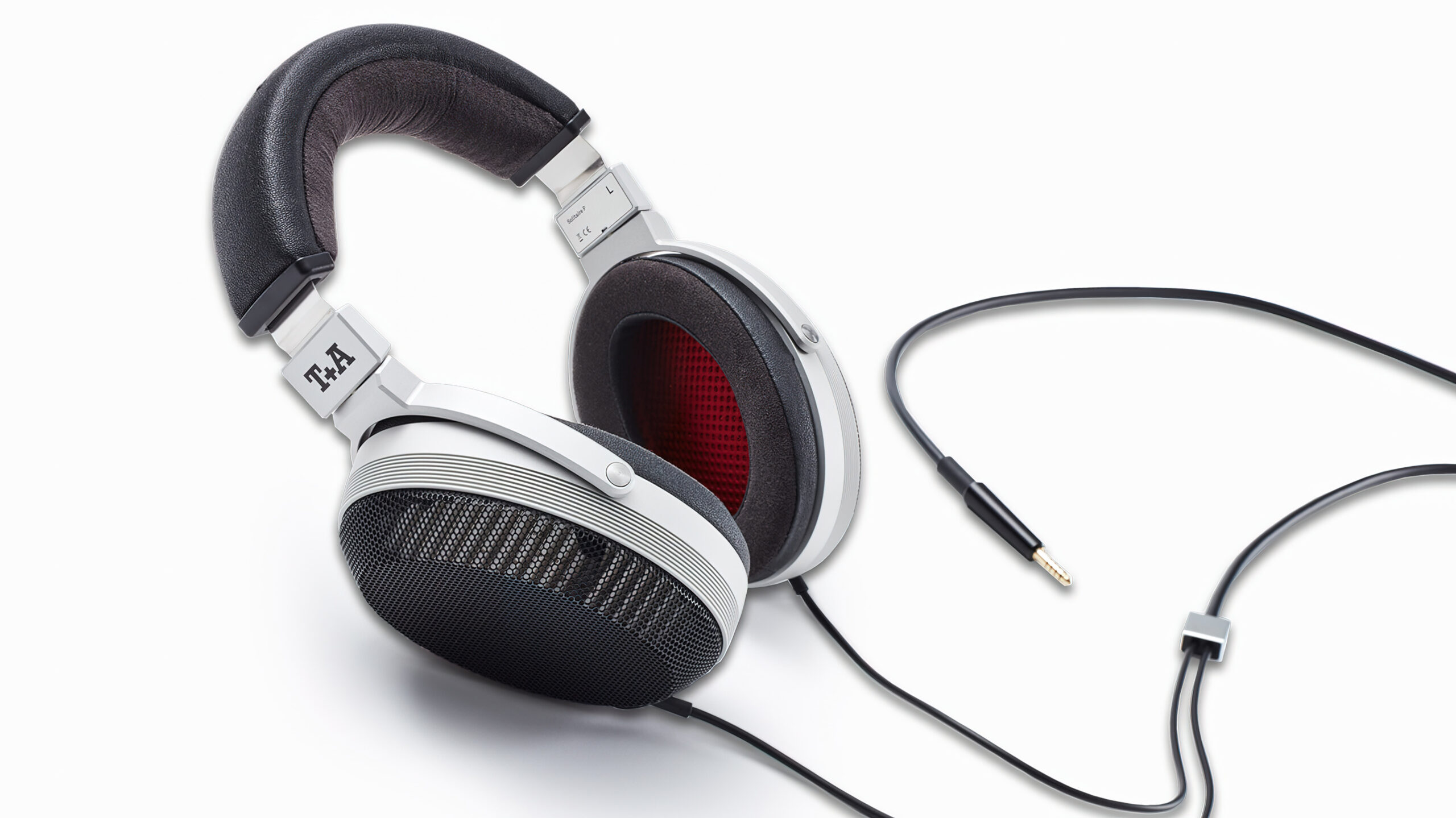

The soundstage is really big with the T+A’s. It is somewhat more laid back than with the LCD-5, and I still stand by the comparison I made in that test: “The sound image from the T+A’s is fuller and warmer, with a somewhat more laid back overtone range. Without missing air, it’s just another way of presenting the sound. More like a pair of high-end speakers in a sound-treated room, with a softer, creamier sound.”
In other words, where with some headphones it’s about presenting the music as honestly as possible, others want to embellish a little here and there. T+A is normally in the neutral and analytical camp, but with Solitaire P they have used the color palette enough that you can no longer call the sound neutral. But oh my, so lovely to listen to!
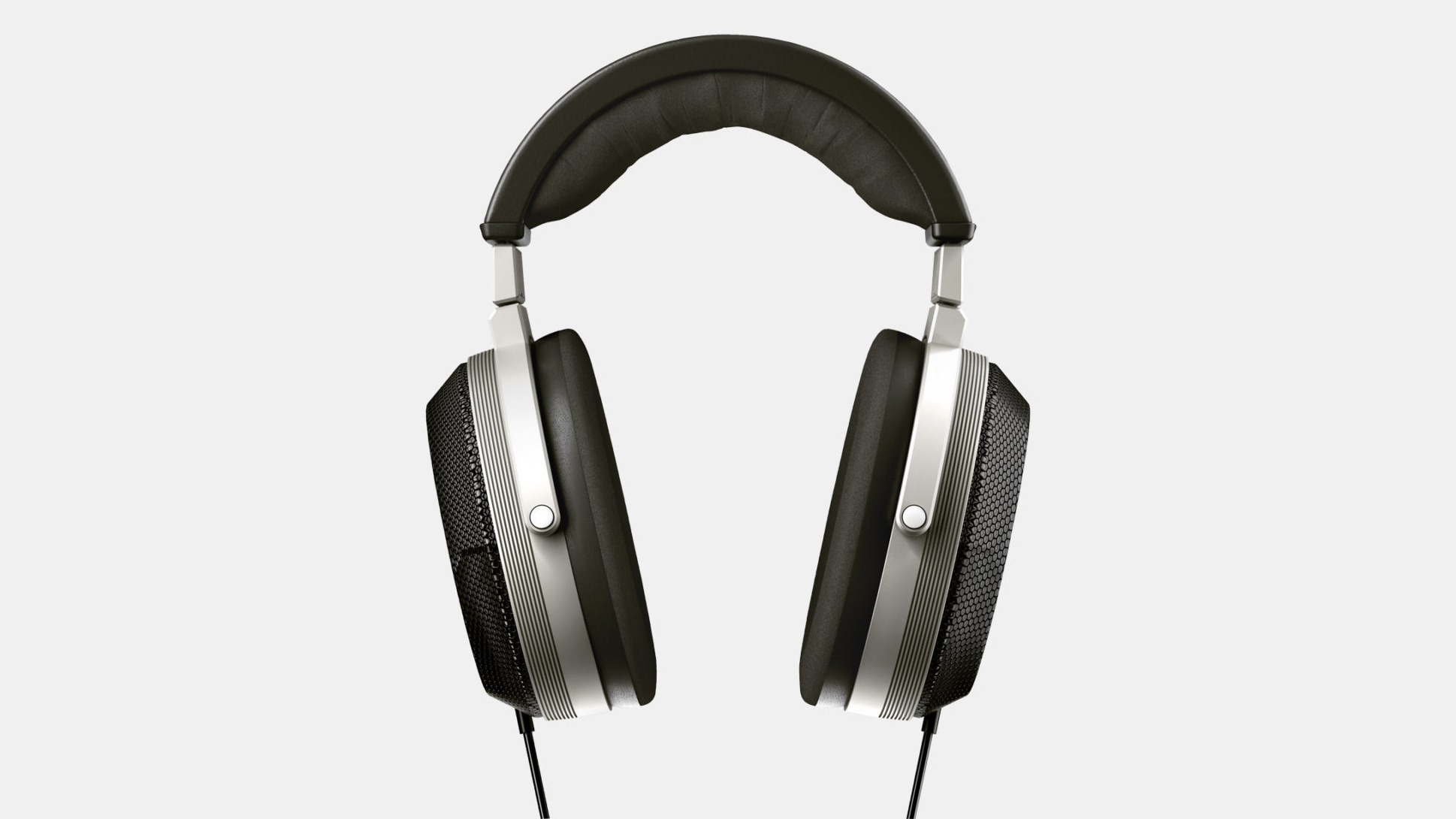

Beautiful jazz
The double bass of Dieter Ilg on the jazz cover of the Cohens A Thousands Kisses Deep has a depth and timbre that I don’t think I’ve heard with any other headphones. Where with the LCD-5 it appears neutral and dry in comparison, the Solitaire P brings out the greatness in a different way, and Till Brönner’s trumpet has such a grace where you imagine the shiny brass, where you sit and dream away .
Knowing that the Solitaire P is almost twice as expensive as the Solitaire P-SE, it would be easy to say that it is also that much better. It will be a little wrong. Because here there is actually a lot of taste and pleasure. Because while I can say that the top model has a “more expensive” sound, they have such a different sound character that it becomes difficult to compare directly. P-SE is rather more towards the neutral, which many will probably prefer. And which is easier to deal with for the typical amplifier. While the Solitaire P is warmer, but at the same time a little more difficult to breathe dynamic life into. The aforementioned Sennheiser amplifier is borderline for what I would recommend. If you want something more affordable than the T+A amplifier, I would rather look in that direction Naim Uniti Atom HE or Burson Soloist 3X GT (test coming) plus a good DAC. Auralic Taurus can also be highly recommended, now only available on the used market.
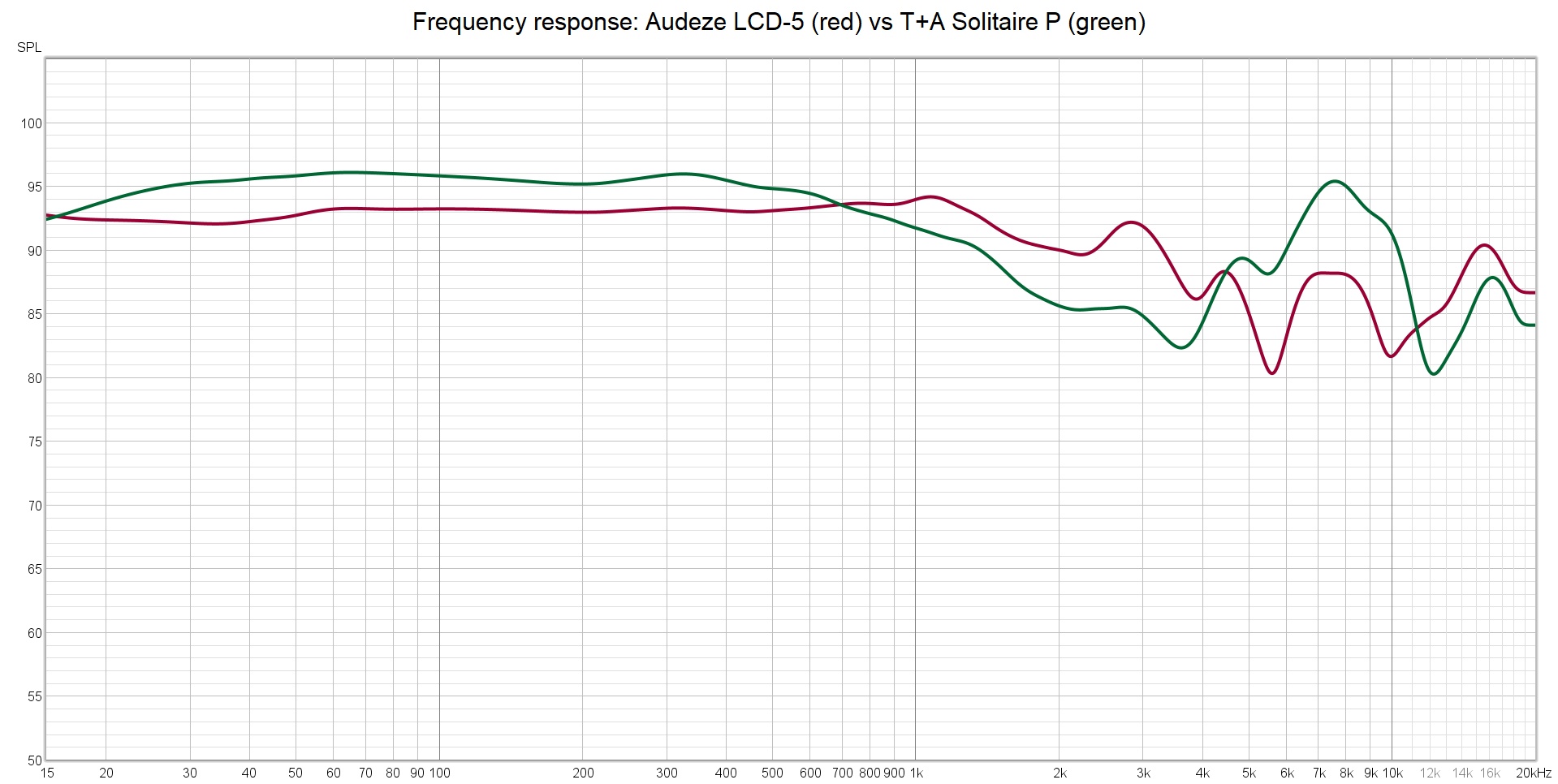

Slightly restrained vocals
If there is something to draw Solitaire P for, then it must be that vocalists can appear somewhat cautious. The headphones are somewhat muted in the upper midrange, so that the music sounds full and warm, but also lacks some aggression. You can make up for it a bit by playing louder, with a powerful enough amplifier, but the sound is always a bit softer than with the fastest ones. Both the Audeze LCD-5 and HiFiMAN HE-1000se are quicker, and in this price range you should also take them with you Stax SR-009s, which sound light as air, and are still probably the best headphones I’ve heard. But they are also the most complicated, since they are electrostatics and thus need a very special amplifier.
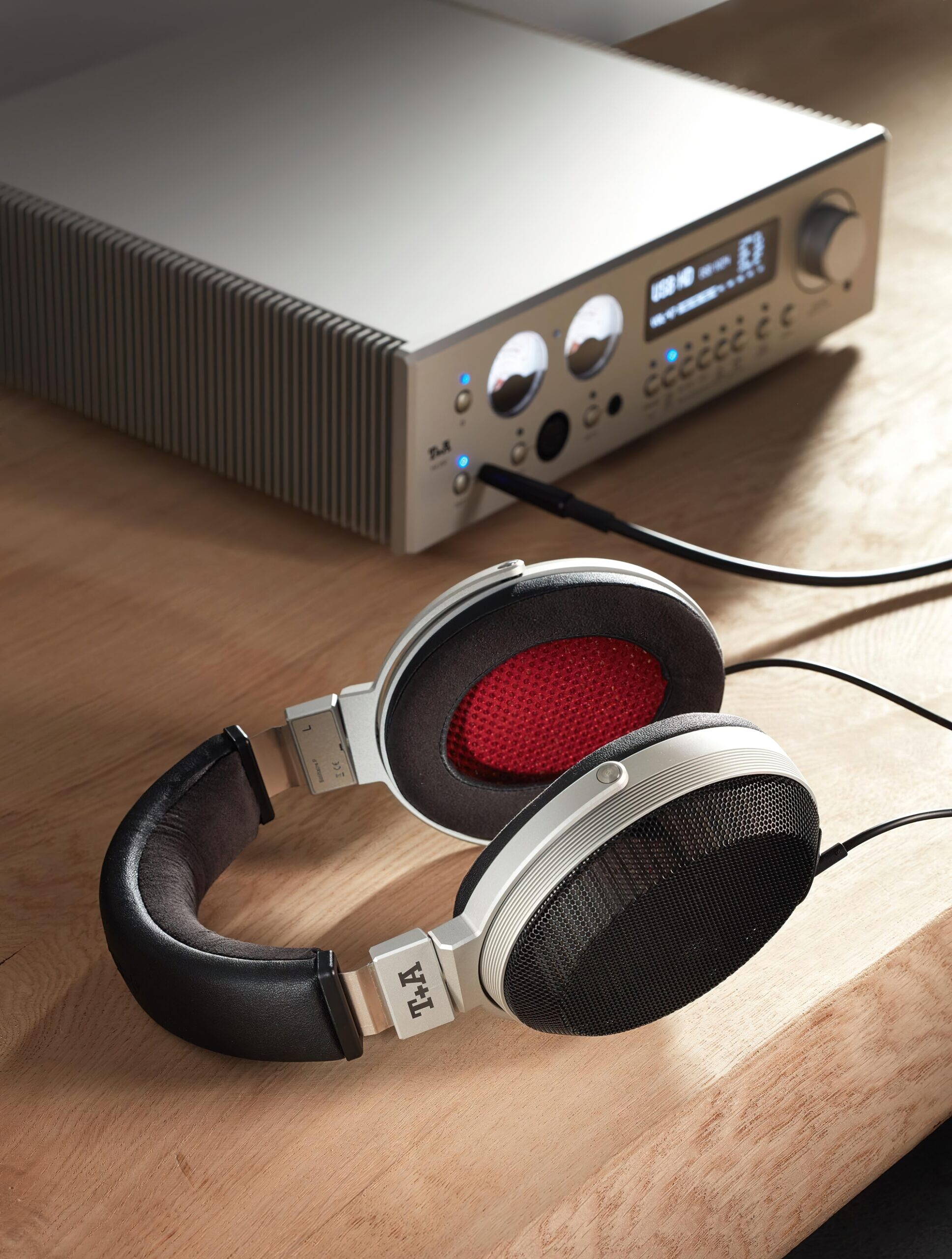

T+A Solitaire P: Conclusion
The T+A Solitaire P is among the truly expensive headphones out there. Fortunately, they also sound heavenly! Sit down and get lost in the music!
Solitaire P is even more addictive than its little brother P-SE, with an even warmer tone. The bass is in a class of its own, and the lower midrange is simply magical. And it sounds extra good with T+A’s own amplifier, the HA 200.
The slightly laid-back midrange may not be for everyone, especially not those who want voices and instruments to come forward as far as possible. Sound engineers will probably also wonder about the sound balance. But many, including myself, will experience the sound as exclusively beautiful.
This is the sound of butter melting on a delicious tenderloin, here you just have to sit back and indulge in dreamland!
–
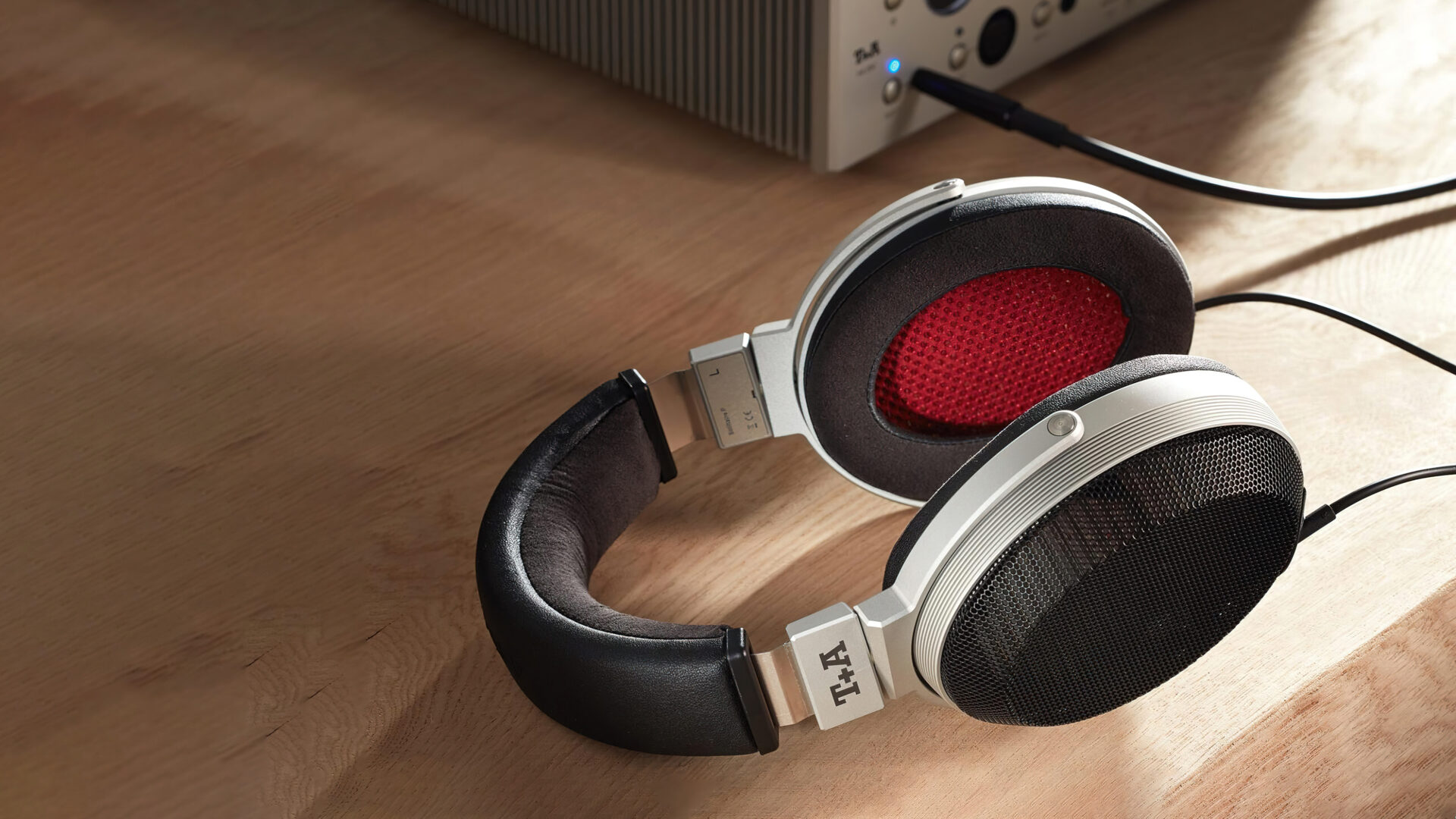
:quality(80)/cdn-kiosk-api.telegraaf.nl/73d5bc4c-14ff-11ed-97c3-02c309bc01c1.jpg)
